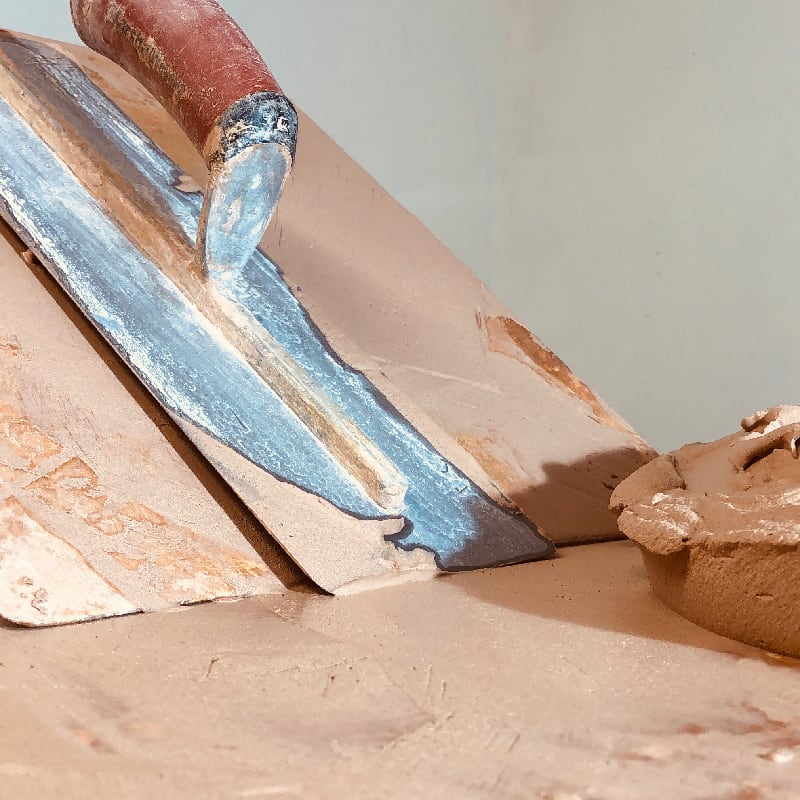
What is lightweight backing and finishing plasters
Gypsum pre-mixed plasters have many advantages over traditional plastering materials because they have been designed and manufactured with a specific application in mind.
Lightweight backing and finishing plasters
Gypsum pre-mixed plasters have many advantages over traditional plastering materials because they have been designed and manufactured with a specific application in mind. During the manufacturing process, plasters are tested in laboratories to ensure they satisfy their intended use. The range of plaster produced today can be used on low and high suction backgrounds.
Unlike cement- and lime-based plastering mixes, gypsum plasters contain manufacturer's instructions that provide user guidelines for each product. This provides additional performance benefits when specifying products for a particular design within a building. There are several different types of plaster available.
- Bonding-grade plaster is a pre-mixed undercoat plaster that contains vermiculite and perlite aggregate. Vermiculite is sharp and angular in shape, giving the plaster excellent bonding abilities compared with other types of plaster. This type of plaster is suitable for use on low suction and poorly keyed backgrounds, such as plasterboard or concrete.
- Undercoat plaster that contains perlite as the aggregate has to rely on the background havin the necessary key to ensure the plaster bonds sufficiently. This is because the perlite aggregate round and does not bond well to backgrounds the have a poor key.
- Thistle HardWall backing plaster is a pre-blended undercoat that contains additives to improve adhesion or cope better when there are high suction levels.
- Multi-finish plaster can be applied to a range of gypsum undercoats and to sand and cement backgrounds that have been keyed with a devil float
- Board Finish plaster is applied to plasterboard backgrounds
- ThistlePro DuraFinish has been developed for use in areas that are prone to greater impact than normal, such as high traffic areas where people walking past may frequently knock into the plaster. Durable plaster provides 60% more protection against damage compared with ordinary gypsum finishing plaster.
- ThistlePro PureFinish is a finishing plaster designed to make indoor spaces healthier as it has Activ-Air® technology.
Although gypsum plasters have advantages over traditional plaster mixes in terms of thermal values and heat resistance, gypsum undercoat plasters are not suited to older buildings which may contain areas that have been in contact with or affected by rising o penetrating damp. (This means the background might still contain some moisture.) Gypsum plasters have high absorption rates so this could result in problems if the dampness has not been treated and completely removed from the background. Gypsum plasters can become mouldy and eventually perish in persistently damp conditions.
Plastering manufacturers British Gypsum and Knauf have developed plasters that can be sprayed directly onto the background, saving time and labour by improving efficiency. However, spray machines can be impractical in residential properties due to the challenge of setting up the equipment in small tight spaces.
The City & Guilds Textbook: Plastering for Levels 1 and 2
Mike Gashe & Kevin Byrne